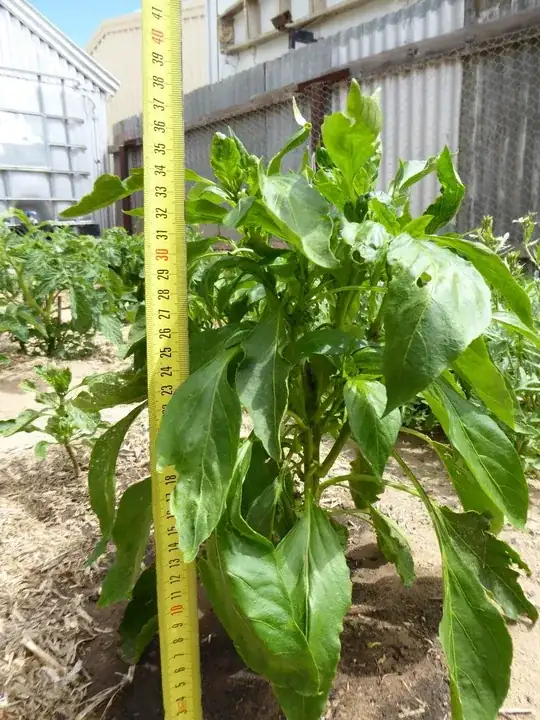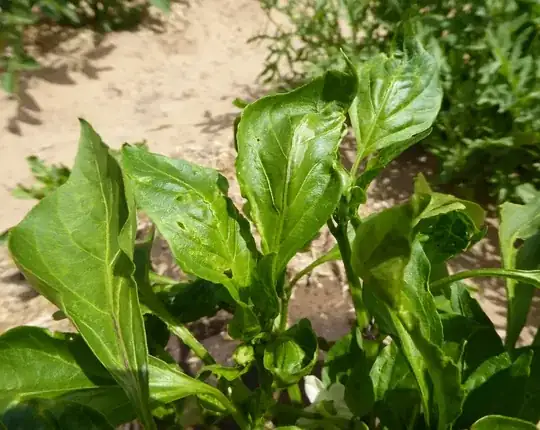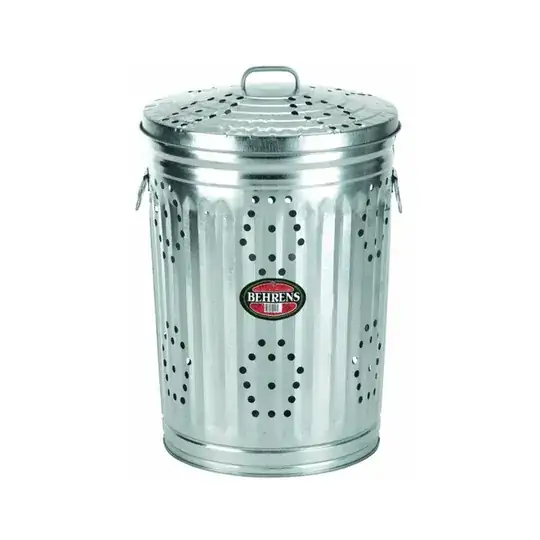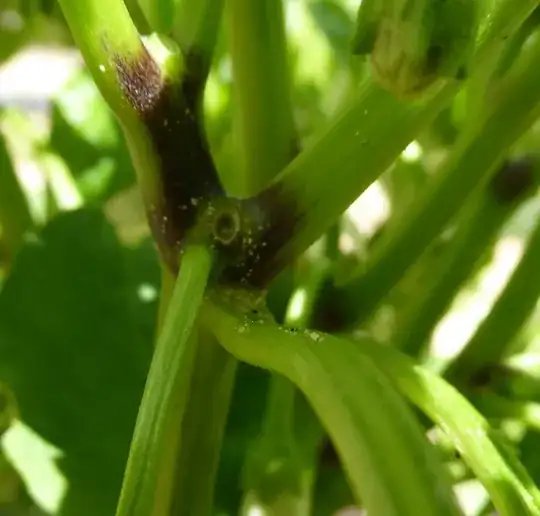I live in western South Australia (Mediterranean climate with sandy, pH neutral soils). I turned over the vegetable garden (history unknown) in August/September, adding Dynamic Lifter for vegetables, and planted in late September (spring). We then had the hottest October on record. I have nurtured the plants through an extreme weevil and earwig infestation and also have no shortage of slaters and millipedes. The surviving plants are small and multi-branched but now my ‘peppers’ new leaves are deformed. Tomatoes and eggplant are OK. The capsicums are in the ground, the chillies in large pots in a mix of garden soil, potting mix, composted cow poo with Dynamic Lifter and pea straw mulch. I water every 2-3 days or daily in the heat (35+ °C) and apply Seasol & Powerfeed fortnightly. Both have just started flowering.
I know there are numerous posts on this but nothing that shows a problem the same as this. The largest capsicum is 35 cm high, it looks wilted but shouldn’t be as it gets watered enough. The new leaves cup upward in the middle, the outer edges roll in, the centre vein squiggles, there are small bugs on the underside and something in the stem ‘forks’ that looks like small grains of salt.
Does anybody out there recognise this and have management ideas?




